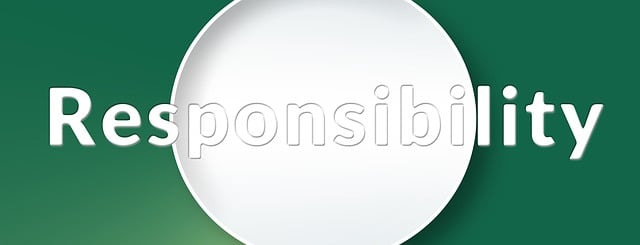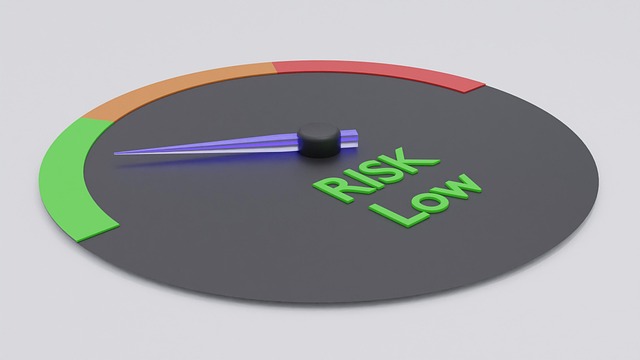Debt consolidation loans with low-interest rates help UK individuals manage finances by combining multiple high-interest debts into one single loan, simplifying repayment and reducing borrowing costs. Government-assisted programs offer these loans to those with significant unsecured debt and financial hardship, with best rates for eligible borrowers. Maintaining good credit, comparing offers, and understanding terms are key to securing low-interest consolidation. These initiatives ease debt stress, lower overall interest paid, and free up cash flow for other life aspects. Effective management and negotiation of loan terms further enhance financial stability.
Struggling with multiple debts at high-interest rates? Explore government-assisted debt consolidation programs offering low-interest loans as a potential solution. This comprehensive guide breaks down everything you need to know, from understanding low-interest consolidation to applying for these beneficial programs. We highlight popular initiatives and provide essential tips for managing your loan effectively. Take control of your finances by consolidating debts at lower rates.
- Understanding Low-Interest Debt Consolidation Loans
- Eligibility Criteria for Government Assisted Programs
- Benefits of Consolidating Debts at Lower Rates
- Popular Government Initiatives for Debt Relief
- How to Apply for Low Rate Debt Consolidation
- Managing Your Loan: Tips and Best Practices
Understanding Low-Interest Debt Consolidation Loans

Debt consolidation loans with low-interest rates are a popular and effective way for individuals in the UK to take control of their finances. These loans allow borrowers to combine multiple high-interest debts into one single loan, often at a significantly lower interest rate. This not only simplifies repayment but also saves money by reducing the overall cost of borrowing. For instance, debt help UK services often recommend this approach to their clients, as it can lead to substantial savings over time.
The best rates on debt consolidation loans are typically offered by financial institutions that specialize in these programs. These lenders understand the unique needs of individuals seeking debt relief and tailor their products accordingly. Debt consolidation programs offering low interest usually come with flexible terms and conditions, making them accessible to a wide range of borrowers. This accessibility is crucial for those looking to escape the cycle of high-interest debt and regain financial stability.
Eligibility Criteria for Government Assisted Programs

Many government-assisted debt consolidation programs offer loans with incredibly low interest rates, making them an attractive option for those burdened by high-interest debt. However, eligibility criteria vary across different schemes. Generally, these programs are designed to aid individuals or families with a significant amount of unsecured debt, such as credit card balances or personal loans. Applicants often need to demonstrate financial hardship and a commitment to repaying the consolidated debt.
The best rates on debt consolidation loans are typically reserved for those who qualify for government assistance based on income and debt levels. This ensures that the most vulnerable borrowers have access to these beneficial programs. By consolidating multiple debts into one with a lower monthly payment on a debt consolidation loan, individuals can simplify their financial obligations and potentially save money in interest charges. Moreover, understanding the difference between debt consolidation and low-interest loans is crucial; while both aim to reduce borrowing costs, debt consolidation focuses on combining several debts, whereas low-interest loans provide funding with an already lower rate compared to other options.
Benefits of Consolidating Debts at Lower Rates

Debt consolidation at lower rates offers numerous advantages for individuals burdened by multiple debts. One of the key benefits is improved financial management. With a single loan at a reduced interest rate, borrowers can simplify their repayment process, making it easier to stick to a consistent payment schedule. This simplifies budgeting and helps individuals regain control over their finances.
Additionally, lower-interest debt consolidation loans can result in significant savings over time. By consolidating debts, individuals can reduce the overall interest paid, which is especially beneficial for variable-rate loans. This allows borrowers to free up disposable income, potentially enabling them to pay off the consolidated loan faster or allocate funds to other essential areas, such as building an emergency fund or investing for the future. Top tips for getting a low-interest debt consolidation loan include maintaining good credit standing, comparing multiple offers, and understanding the terms and conditions thoroughly before committing.
Popular Government Initiatives for Debt Relief

Many governments around the world have recognized the burden that overwhelming debt can place on individuals and families, leading to the creation of popular initiatives aimed at providing much-needed relief. One of the most effective tools in this regard is debt consolidation loans with low interest rates. These programs allow borrowers to refinance their existing debts into a single loan with a lower interest rate, simplifying repayment and significantly reducing overall costs.
By consolidating high-interest loans at lower rates, individuals can experience a substantial decrease in lower debt stress with affordable low interest rates. This not only makes financial management easier but also frees up cash flow, enabling borrowers to better manage other aspects of their lives. Governments often play a pivotal role in promoting these schemes by offering incentives, guarantees, or direct subsidies, making debt consolidation loans more accessible and appealing to those struggling with debt.
How to Apply for Low Rate Debt Consolidation

Applying for a low-interest debt consolidation loan is a straightforward process, but it requires careful consideration and planning. The first step is to assess your financial situation by listing all your debts and calculating your overall debt burden. This will help determine the best approach for consolidation, whether it’s through a personal loan, home equity loan, or specialized programs offered by non-profit organizations.
Once you’ve decided on the suitable consolidation method, research various lenders and compare their interest rates, terms, and any associated fees. Opting for a non-profit debt consolidation service with low rates can be advantageous, especially if your goal is to fix high-interest medical bills or other outstanding debts. These organizations often have more flexible options and could help you achieve financial stability without breaking the bank.
Managing Your Loan: Tips and Best Practices

Managing your loan is a crucial aspect of successfully navigating government-assisted debt consolidation programs with low-interest rates. Firstly, understand the terms and conditions of your consolidation loan thoroughly. This includes knowing the interest rate, repayment schedule, and any associated fees. Since these government programs often offer competitive low-interest rates for debt consolidation loans, you can leverage this to negotiate better terms if needed.
Additionally, create a realistic budget that accounts for your consolidated debt payments alongside other financial obligations. The goal is to lower your overall debt stress with affordable low-interest rates, so ensure your budget allows for consistent and timely repayments. Remember, how to negotiate lower rates for debt consolidation is within your reach; effective communication and understanding of your rights can help secure more favorable conditions, especially if you have a good credit history or significant debt reduction goals.
Debt consolidation loans with low interest rates offer a viable solution for managing personal finances. By understanding eligibility criteria, leveraging government-assisted programs, and adopting best practices, individuals can navigate these options effectively. This article has provided insights into the benefits, popular initiatives, and application processes, empowering folks to make informed decisions regarding their debt relief journey.
